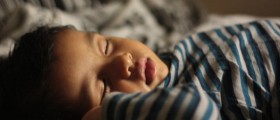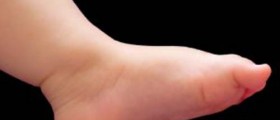
The patient’s history
Age and sex of the patient are important factors when a diagnosis needs to be made. Right after these factors, it is important to know whether pain is acute or insidious. If the child already suffered from joint pain, then it is more likely that he or she is suffering from a chronic disease. However, diagnosing a child’s injury is harder than diagnosing an adult’s because children tend to fall more often and injure themselves. In the process of diagnosis, any recent vaccination is important.
The place where the pain is felt will help the doctor determine whether pain is intra-articular or in the muscles or tendons. Parents should also point out the pattern of the pain so that the doctor can know if it is inflammatory or mechanical condition. In case of inflammatory conditions, the pain is more intense in the morning, while mechanical pain gets worse with activity. The duration of the pain is also important.
The diagnosis
A benign condition is in most cases musculoskeletal and trauma, overuse syndromes, hypermobility syndromes and benign recurrent limb pains are usually present as well. A doctor should be able to diagnose this type of conditions based on the history and physical examination.
In case of a traumatic joint pain, an excessive use of an extremity mentioned in the history will help the doctor make the diagnosis. The pain worsens when a person is participating in that particular activity. Physical examination will discover the local tenderness.In case of a hypermobility syndrome, it can be found via checking hyperextension of the knees and elbows.
Parents need to make sure that the child does not perform any climbing, running or squatting until the pain is gone entirely. The usual time until the pain goes away is a month. Parents should also know that benign recurrent limb pains have nothing to do with physical growth, but are related to emotional growth instead.
- www.nhs.uk/conditions/joint-pain/
- www.nhs.uk/conditions/arthritis/
- Photo courtesy of charmedstar07 by Pixabay: pixabay.com/en/child-boy-happy-kid-fun-childhood-2395309/

















Your thoughts on this
Loading...